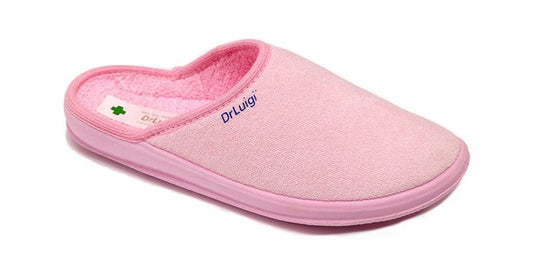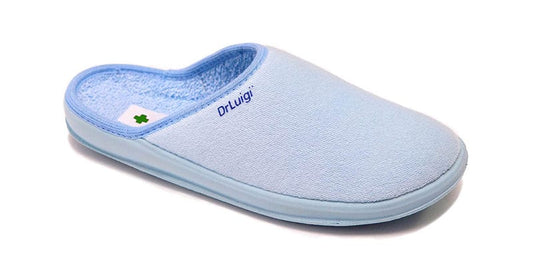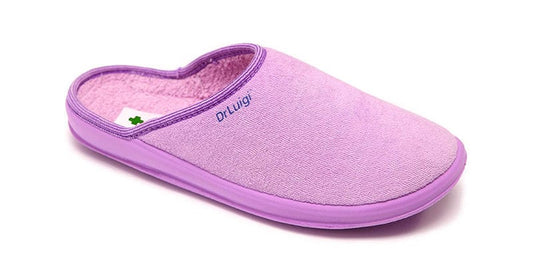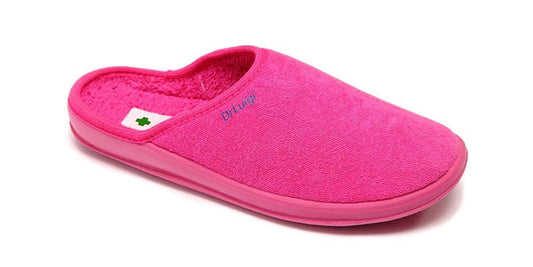Do you think you might have athlete's foot? White spots, red, cracked, and
scaly skin, as well as stinging or burning between your toes, are typical
symptoms.
The issue may initially appear to be merely a minor annoyance. You might try
to put up with the scaly skin and itching and carry on more or less as normal in
order to avoid getting athlete's foot treatment. You might let taking care of your feet fall down the list of priorities.
But neglecting a foot issue won't make it go away. It's unlikely that athlete's
foot will get better on its own. If you don't take action, the issue may in fact
become severe.
Here are four strong arguments against ignoring athlete's foot.
The Unpleasant Fungal Infection Athlete's Foot
The truth is that if you have athlete's foot, you have a serious fungal infection.
In other words, a fungus that has begun colonizing your skin has come into
touch with your feet.
A variety of fungi from the dermatophyte family are responsible for the majority
of instances of athlete's foot. Ringworm, a skin condition characterized by the
development of red, itchy, ring-shaped patches on the skin, is brought on by
the same group of fungi.
In fact, this condition of the feet is occasionally referred to as the ringworm of the feet. It sounds much more repulsive now, don't you think?
It May Spread to Additional Skin Regions
The ideal environment for athlete's foot is warm and moist. Although it affects
people from many areas of life, athletes are particularly prone to acquiring the
issue since their busy lives result in frequently damp feet.
Because they contain more sweat glands than any other area of the body, feet do sweat, and individuals don't always properly dry them after taking a shower.
Since the fourth and fifth toes are the two smallest, this infection usually starts
there because it tends to retain the most moisture. The issue could very easily
spread to your other toes if left untreated.
Your Nails Are in Danger Too
Your skin is not the only part of athlete's foot that is at risk. Ignoring the illness
provides it the opportunity to make your issues worse. This is due to the fact
that it can also affect your toenails, and no one likes fungal nail infections.
They are annoying, unattractive, and frequently persistent.
If your toenail is thick, brittle, crumbly, or yellow, it may very well be infected.
Without appropriate treatment for fungal nails, such as anti-fungal lotions and
tablets, it could eventually separate from the nail bed.

You Might Spread Disease to Others
The spread of athlete's foot among people is one of its most annoying
features. Contact with diseased feet or surfaces polluted by infected skin cells
facilitates the spread of the disease.
Athlete's foot can spread from one person to another, including individuals in
your home and even strangers (such those who chance to belong to the same
gym as you). Hotspots can appear anywhere, from socks and bath towels to
locker room flooring and swimming pools.
That is unquestionably a compelling reason to seek medical attention and take
precautions against the virus spreading further. For instance, you shouldn't go
barefoot and you shouldn't share towels.
DrLuigi medical footwear prevents various diseases of the legs and feet.





